

Hard times are coming, but it's beautiful on the other side.
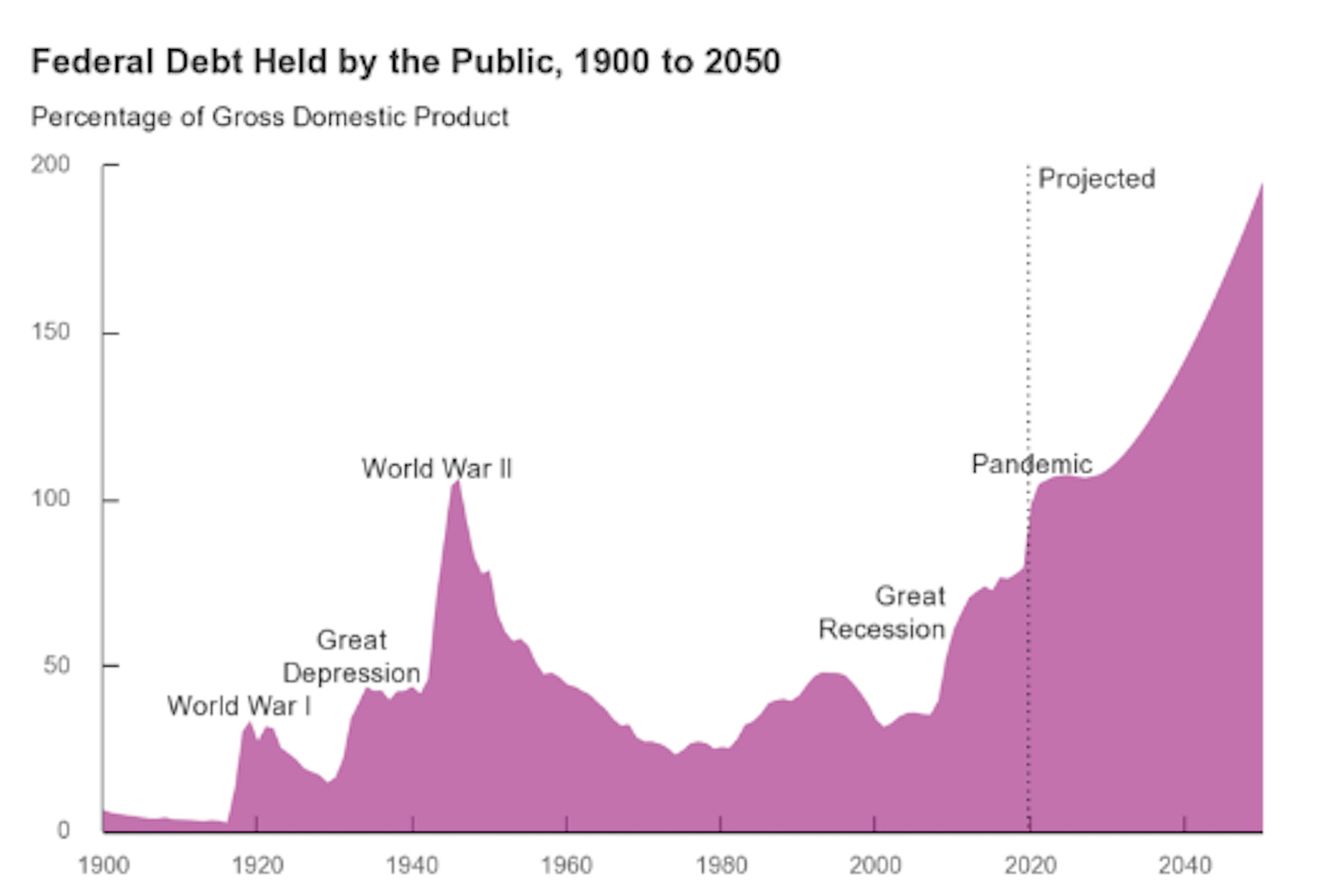
Today’s Newsletter is based on my talk at last week’s Network State Conference in Amsterdam, hosted by Balaji Srinivisan.
Sovereign debt is eating the world. Lining up a financial crash that could make 2008 look like a picnic.
How did we get here?
In short, governments and central banks deluded themselves into thinking that unlimited deficit spending financed by unlimited money printing won't do what they've done for literally millennia -- plunge the economy into stagflation.
They are, of course, wrong. And we're seeing the catastrophe unfold before our eyes.
The story begins in the 1970s when Nixon broke the global gold standard, unleashing permanent deficits worldwide. But the latest chapter starts in 2008, when central banks bailed out the financial system by effectively printing trillions of dollars.
At the time, everybody knew that much printing would cause inflation, perhaps with a 12 to 18 month delay. But it didn't. Why? Because banks held on to the free trillions to plug the trillion-dollar sized holes in their balance sheet. Combined with a freebie as China's manufacturing miracle lowered the cost of consumer goods.
Central bankers concluded that the impossible was now possible.
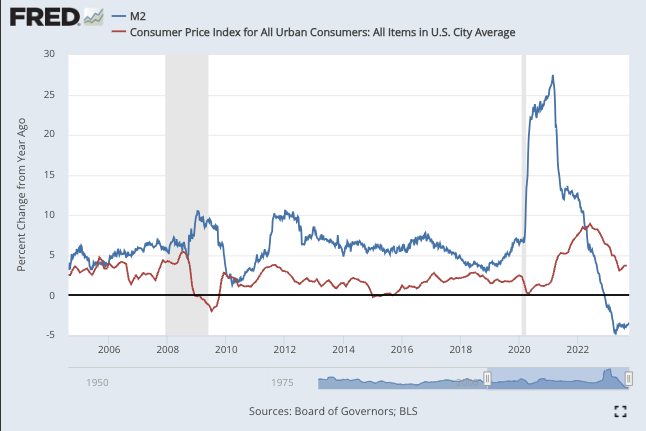
Meanwhile, a second useful myth was shattered by Japan: that national debt was deadly. Again, everybody knew that public debt above 100% or 125% of GDP would end the world. But Japan crossed that line 25 years ago. And nothing happened.
Now, there are idiosyncratic reasons for Japan -- largely the proportion of debt that is domestically held. But the lesson was learned: debt doesn't matter. So deficits don't matter.
So printing doesn’t matter, and debt doesn’t matter.
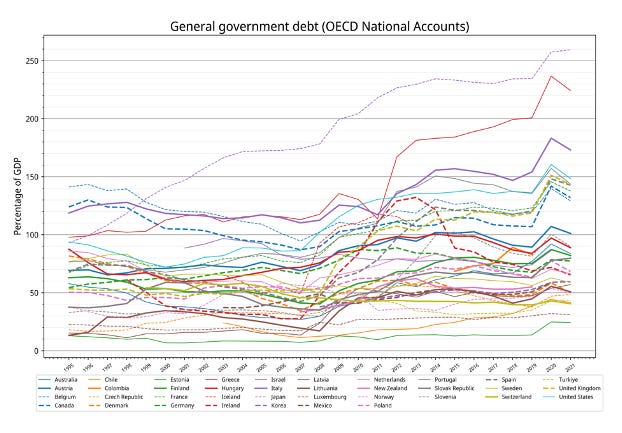
Both are contrary to literally millennia of economic history. In fact, printing money not only leads to inflation, it is literally the only thing that leads to long-term inflation. While we have hundreds of defaults as evidence that governments will always default when the debt gets big enough. In fact, we've had 14 sovereign defaults since Japan crossed 100%.
Still, 2008 and Japan gave them confidence that maybe this time is different.

Unfortunately, this dangerous confidence went from belief to reality worldwide with Covid. To bribe voters into lockdowns, countries around the world spent money as fast as humanly possible. And central bankers financed those deficits as fast as humanly possible.
It all came to roughly $10 trillion in new money in just a few years. In the US, by 2021 roughly one in three dollars had fresh ink on it.
Alas, this time was not different. Inflation took off. So much had been printed that it soared right past those $8 Chinese toasters, right past those trillion-dollar bank reserves, and poured out into the Consumer Price index.
This scared central banks, who know that out of control inflation puts their independence at risk — Congress will take it away if voters get too angry. They first responded by crushing the real economy with rate hikes, to bring down private spending so government could keep spending.
But now we’re seeing the second shoe to drop from terrified central banks: they’re actually pulling back from financing government deficits. The Fed has already reduced its balance sheet by over a trillion, selling off federal debt to try and rein in inflation.
This is effectively taking central banks out of the game. Because they can’t finance government deficits if they’re simultaneously trying to drain money from the economy.
Put it together and debt to GDP ratios over 100% in basically the entire world — nearly 150% for the US — are running into paralyzed central bankers. This is driving investors to fear that maybe major governments can’t handle the debt, that maybe they will default.
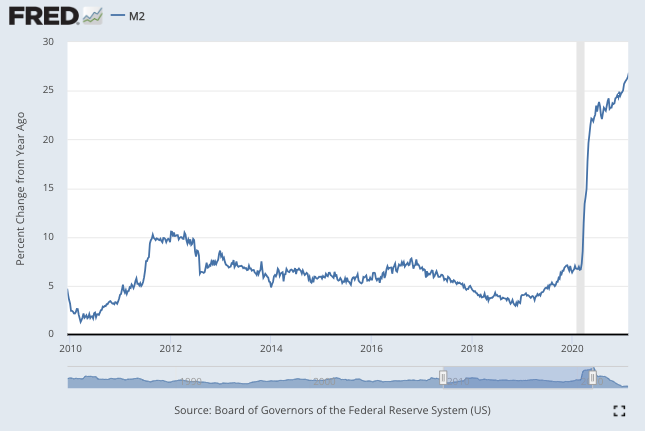
The final piece of the crisis that the shrinking economy. Because the main way central banks fight inflation is by choking off the private economy with interest rate hikes. That's exactly how central bankers responded to the inflation of these past 2 years, hiking rates a total of 276 times worldwide. This is now crashing most of the world economy into recession. Recession, historically, makes deficits and debt even worse — by several trillion in the case of the US.
So it's the 3 horsemen, a perfect storm of inflation, sovereign debt, and recession.
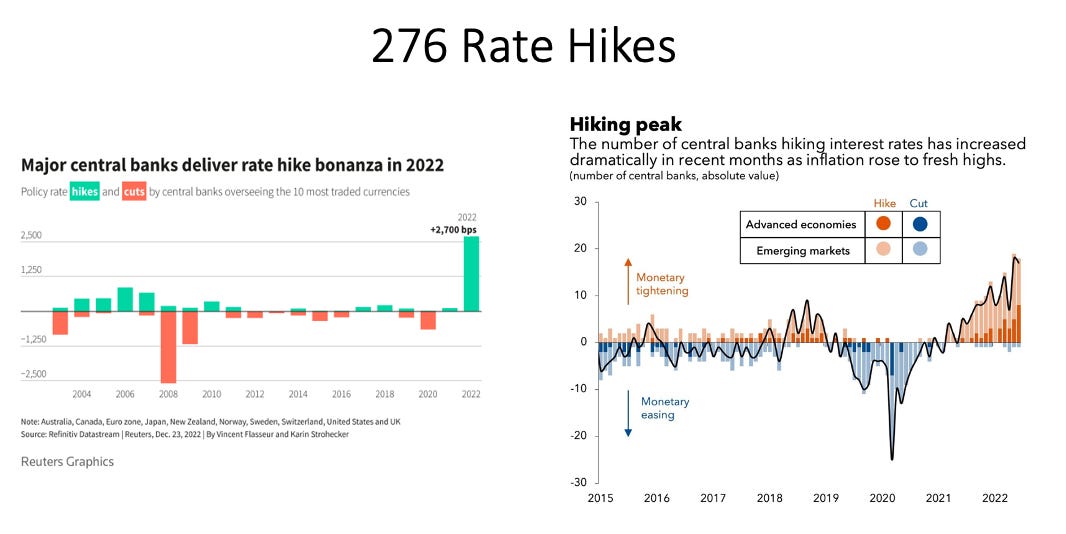
We can illustrate the perfect storm with the 2009 European debt crisis. That started when there was a loss of confidence in Greece by investors, which was flirting with default. Investor fear then spread to Portugal, Ireland, Spain, Cyprus. All were ultimately bailed out by the ECB promising to buy unlimited bonds. Essentially the debt was converted into money.
The problem is that with inflation at 6 to 7% and rising, central banks can't convert debt to money for fear they'll lose their independence if they can't get a handle on inflation.

There's a weird paradox where nobody wants the dollar but it’s doing just fine.
Currency guru Steven Jen put out a chart earlier this year showing that US dollar reserve shares fell from 73% 2001 to 55% in 2021 but then absolutely plunged by 8 points.
That was because the US seized the dollars owned by Russia's central bank, which put every country on warning that US dollars are very dangerous to hold. A lot of them shifted out of dollars into either other currencies, or into hard assets like gold.
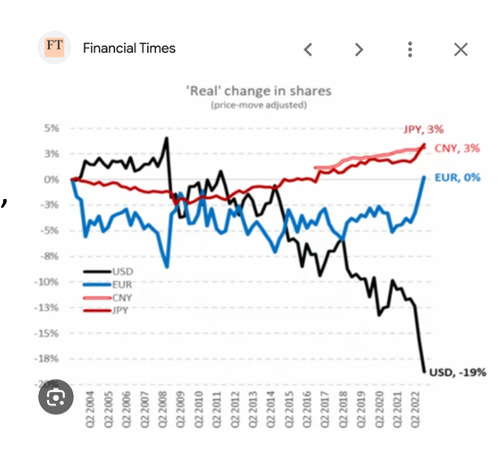
The paradox is that even while countries flee the dollar, it’s holding its value just fine: since 2001 the dollar’s steady, and in fact it's risen over the past year.
Why? Because the road to dollar death is paved with the corpses of other, weaker currencies. Essentially, as the world falls apart, investors flee to the biggest currency, which is the dollar.
This happened in 2008, even though the crisis was literally coming from the US. It’s related to Santiago Capital's "Dollar Milkshake" model, and it means that the dollar could actually get stronger even as currencies collapse, absorbing the corpses of weaker currencies each step of the way until the final Ragnarrok.
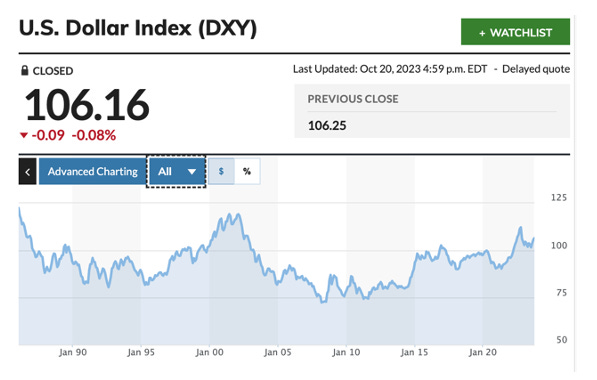
So far this is all what *could happen. But what are the odds.
First off, we may know how the book ends but we don't know how each chapter ends. Many times the financial system has seemed on the brink, and we somehow muddle through. Because the economy is made of hundreds of millions of people who are trying their best to dodge the boulders. So it could take months, it could take years, it could take decades.
Having said, I think we can say how the book ends. Because the factors driving us to collapse don't have guardrails. To illustrate, we have two theoretical ways to stop a crisis: Fiscal and monetary.
What it would take on fiscal is either voters waking up and realizing en masse that we're headed for a debt cliff. Or some balanced budget mechanism -- a Constitutional amendment, or perhaps Warren Buffett's plan that if Congress can't balance the budget they all have to resign with a lifetime ban from politics. They would probably find a way.
Failing that, default also balances the budget. Because nobody will lend to you after you default. Of course, in the US case that would evaporate $34 trillion in paper wealth, which would wipe out thousands of banks, companies, pension funds. It would be ugly.
And then the other solution: monetary. Here you could either End the Fed -- in fact end all the central banks. That would force governments to actually finance their deficits in the private market, which would not finance $10 trillion at a time.
Of course, governments know their licensed counterfeiters – their central banks –are their mother's milk. So that won't happen.
Bringing us to the most likely solution: drain the Fed. Meaning people shift into gold or Bitcoin or non-fiat commodity-backed currencies. Which take the livestock off the table -- their dollars can no longer be diluted, siphoned to finance government spending. But, of course, this is a frustratingly slow process.

If sovereign defaults are coming, it would take banks, insurers, and pensions down with it. You'd want to insulate both as an investor and as an executive.
Meanwhile, I think it's likely that we're in for high inflation -- meaning 5% plus — for years to come. Which could boost nominal yields, but could actually reduce post-inflation yields below zero. To illustrate, right now money markets are paying 5%, but inflation in the US is close to 4%. So you’re making 1% in real terms.
Zooming out, higher inflation suggests hard assets: in the inflationary 1970's equities and residential real estate held up just fine. Gold went up 20x -- from $35 an ounce to nearly $700. We can only guess what happens to Bitcoin, which combines some features of gold with some dot-com level of growth.
Finally, implications for humans: In short, it looks dire, but remember we've been through a lot worse and come out better off. Because when the Hard Times comes men do indeed get strong.
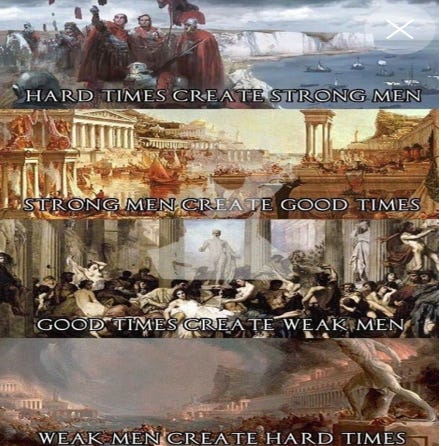
For example, post-Civil War America looked like it was done: Half the country was flattened courtesy of General Sherman, and we were going through hyperinflation courtesy of Mr Lincoln and his greenbacks.
Yet the crisis concentrated voters' minds, ushering in a re-establishment of the gold standard by 1879, followed by 30 years of the most epic golden age in US history – essentially the entire modern world was invented in those 30 years, and the US became the most prosperous country the world had ever seen.
So just 15 years from the end of the world to the greatest golden age in human history.
So don't lose hope. A storm is coming because of our leaders’ hubris, recklessness, and hunger for power. But on the other side is a radically smaller government, radically expanded space for innovation, for community, and liberty.
In short, hard times are coming, but it's beautiful on the other side.
Sign up to my free email list to get weekly posts on the economy and freedom. Choose the $5 option if you’d like to support the videos and articles.
Also check out the weekly podcast rounding up all the week’s videos in a single 30 minute podcast.
This piece was originally published on profstonge.com